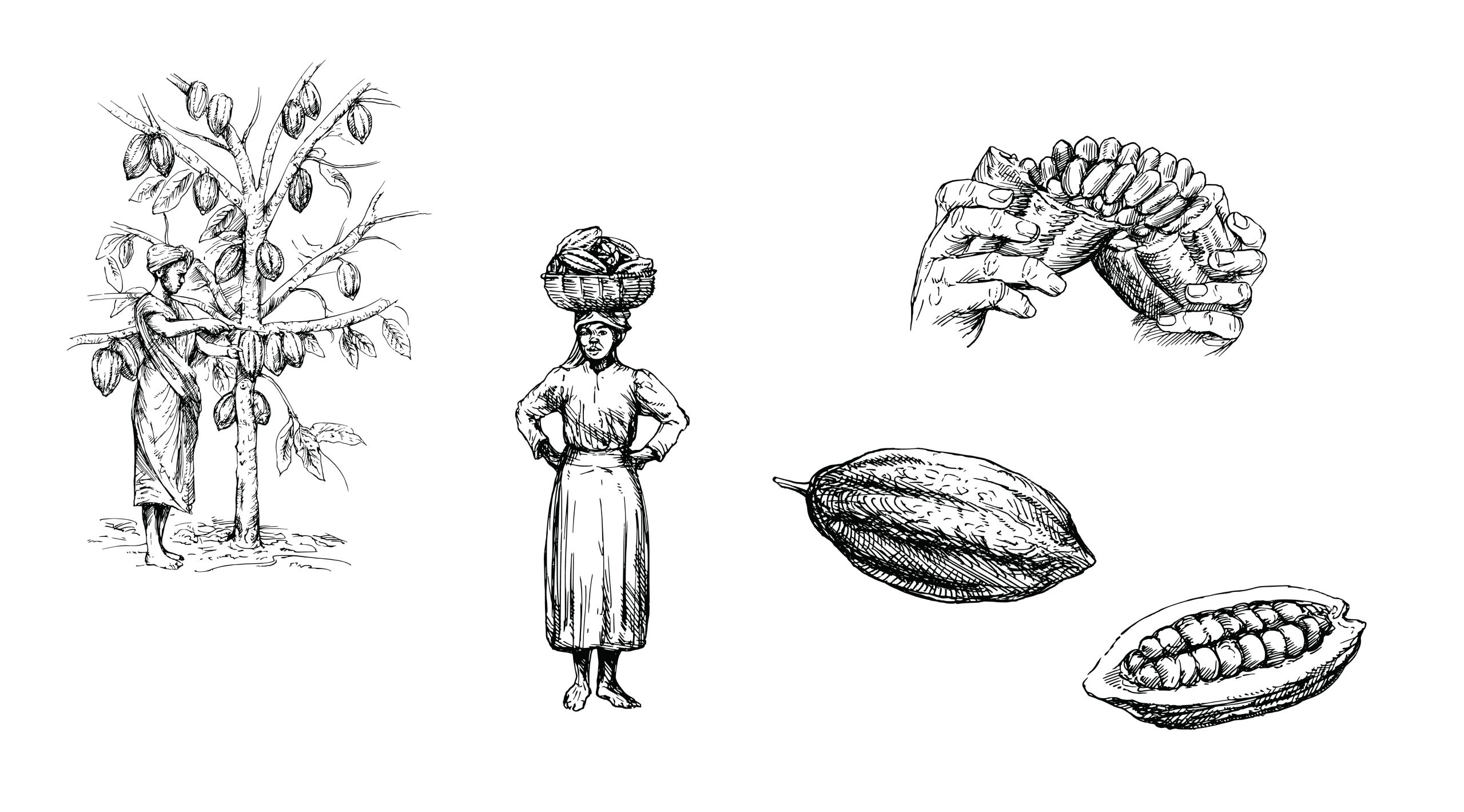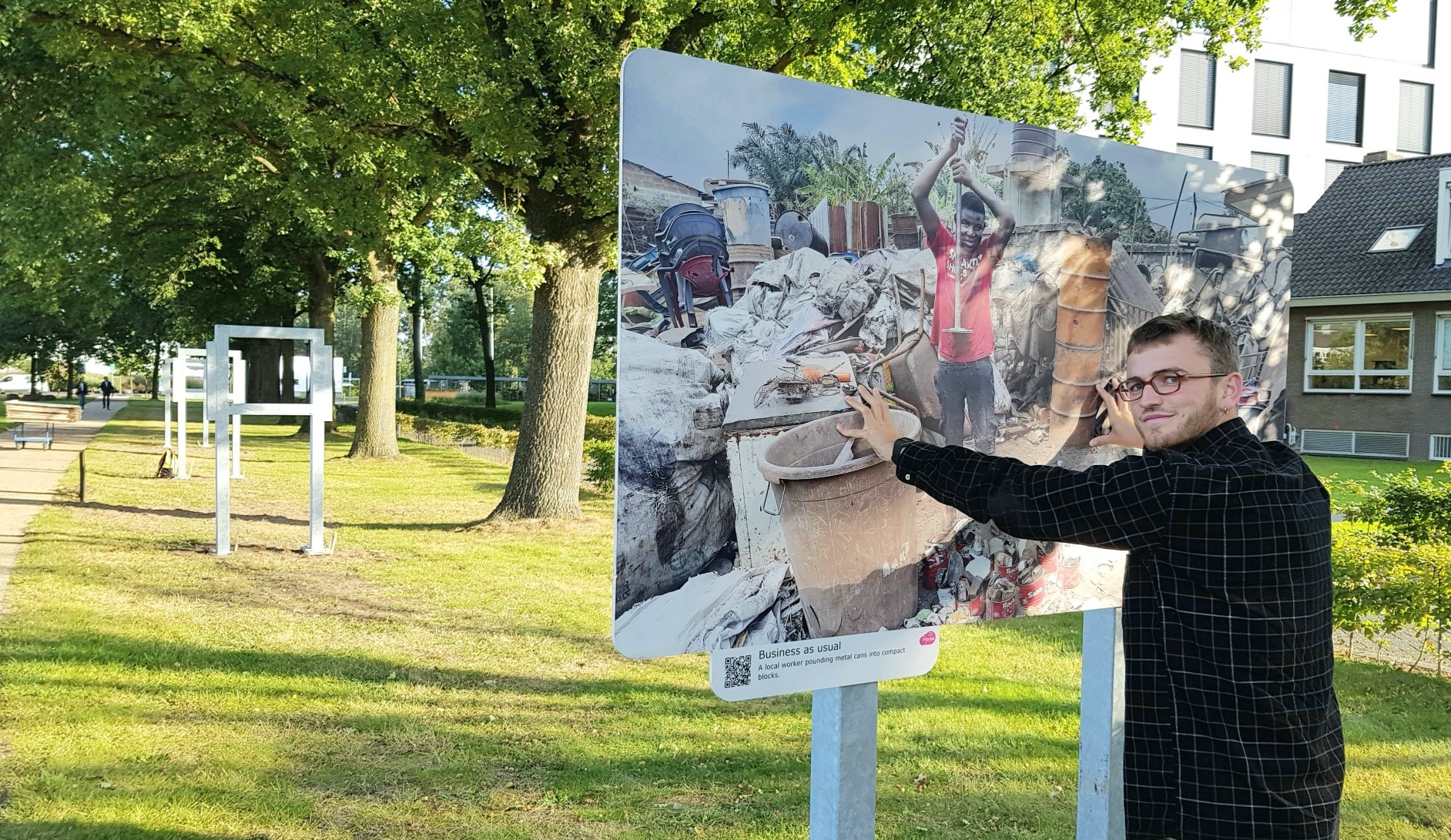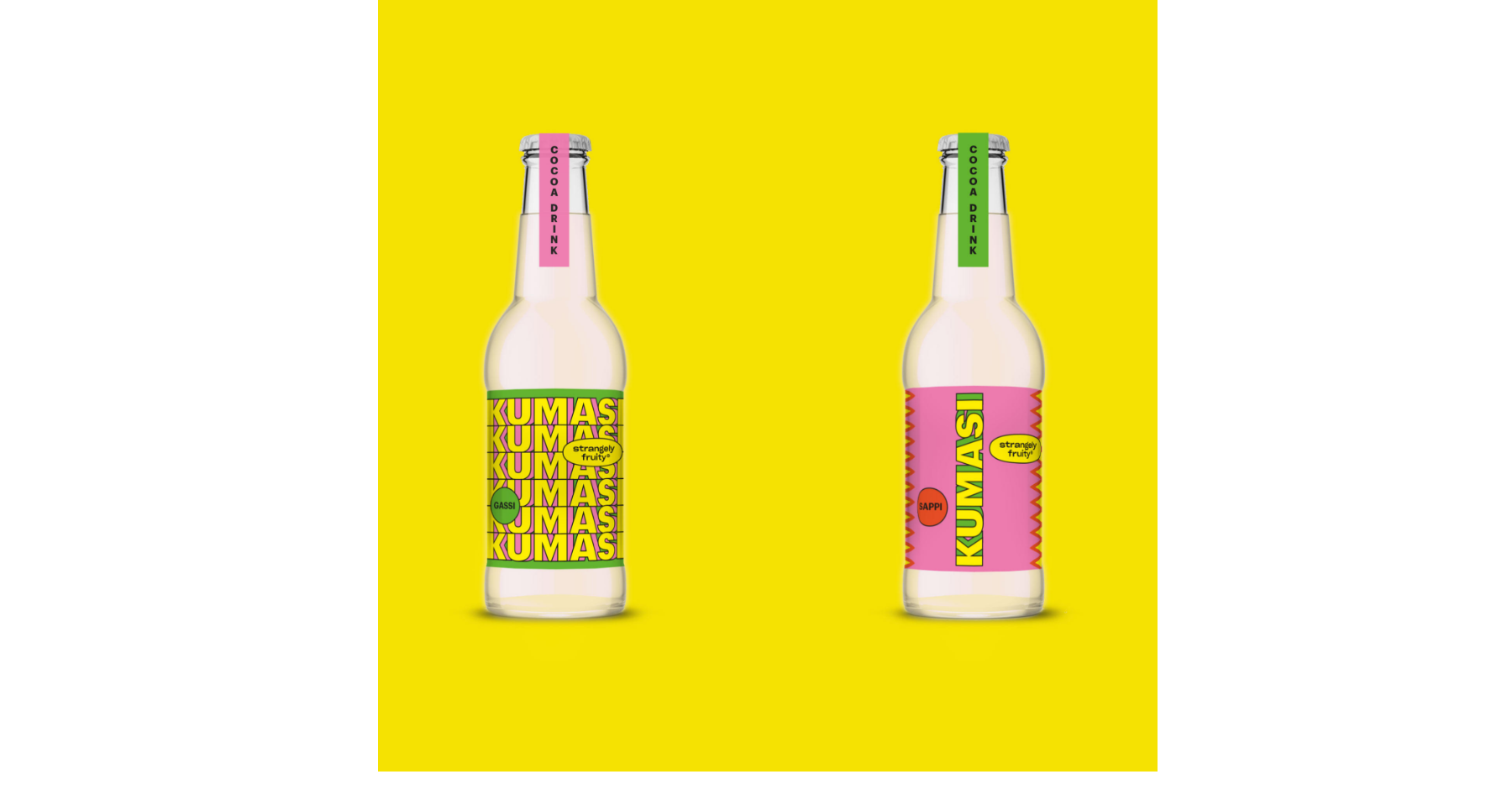Every day around the world one billion people eat chocolate. And yet few cocoa farmers make a decent living. WUR researchers Yuca Waarts, Ken Giller and Niels Anten on the causes and the solutions.
In the West African countries Ghana and Ivory Coast, where 70 per cent of the cocoa comes from, three quarters of the three million cocoa farmers live below the poverty line. ‘Their meagre income goes on primary needs such as food, medicine and school fees. There is little left over to invest in the much-needed improvements to farming methods,’ notes economist Yuca Waarts of Wageningen Economic Research. The cocoa farmers go on farming with old cocoa trees and exhaust the soil for lack of compost and fertilizer. So they often take new land into production by cutting down a piece of rainforest. And climate change, drought in particular, is adding to their woes.
Quality labels such as Fairtrade and Rainforest Alliance were created with a view to improving the position of small cocoa farmers. But these labels are not combining with the increased demand to lead to a decent living income, notes Waarts. In fact, in the November 2021 report Balancing the Living Income Challenge, she calculated that even if we paid twice as much for chocolate, many farmers would still not earn a living income. This is because about 70 per cent of the farmers produce only 30 per cent of the cocoa. ‘It would only increase the income per farmer a little bit. The price increase mainly goes to the larger-scale farmers. And the higher prices can also lead to overproduction.’
Profits to traders
‘Larger-scale farmers work more professionally and have money to spend on fertilizer and on pruning the cocoa trees,’ says Niels Anten, professor of Crop and Weed Ecology in Wageningen.
According to Anten, the small cocoa farmers are difficult to reach and agricultural extension services are failing them. ‘If they prune back the cocoa trees, a higher density and harvest are possible.’
At the research stations of the Cocoa Research Institute in Ghana, Anten saw cocoa yields easily increase fivefold from 550 kilos to 3000 kilos per hectare.
Barely eight per cent of the price of a bar of chocolate goes to the farmer
‘In reality, though, the yield on the larger farms stayed at 1200 kilos. That is less than in the trials, but it’s still more than double the national average. Together with the research institutes, we still have to answer some fundamental questions, such as which fertilizers make a difference for which type of soil,’ says Anten.
Ken Giller, professor of Plant Production Systems, sees the poverty trap at work among nearly all farmers in Africa, including those growing coffee or maize. ‘It is the poverty of a growing population, 90 per cent of whom work in agriculture and on ever smaller farms,’ says Giller, who has made the problems of small-scale African farmers his life’s work.
In addition to the inadequate agricultural extension services, Giller points out that governments invest too little in knowledge and the development of infrastructure. ‘There are subsidies and price guarantees for cocoa, but fertilizer, for example, is 10 times more expensive in Africa than in Asia, because it isn’t subsidized.’ He also blames the poverty on the neo-liberal trend in the world food economy. ‘Twenty years ago, 16 per cent of the price of a bar of chocolate went to the farmer, but now it is barely eight per cent. Nearly half the profits go to traders, the chocolate manufacturers and the supermarkets.’
Shade trees
But there are opportunities, says Giller. ‘In Ghana and Ivory Coast, there is increasing diversification in the cocoa sector and agriculture is being combined with forestry – agroforestry, in the jargon.’ This could mean planting cocoa trees in amongst the giant trees of the tropical forest. ‘The cocoa trees benefit from the shade of the tropical trees. And the leaves that fall from the trees provide compost that benefits the soil after one season,’ explains Giller.
Another option is to plant banana trees when planting young cocoa plants and new tropical trees. ‘With their enormous leaves, the bananas provide enough shade during the cocoa trees’ vulnerable first few years. Later, the tropical trees take over the provision of shade,’ says Giller. ‘And the bananas give the farmers a useful second crop.’ Economist Yuca Waarts sees the benefits of diversification in cocoa farming too. ‘Besides cocoa beans, farmers can also earn an income from cashew nuts, coffee and palm oil trees. Subsidies from the government and corporations could also help ensure a living income,’ she says.
Planting trees could also generate income through ‘carbon credits’ for the storage of CO2 by trees.
Tackling this issue calls for a raft of measures, according to Frank Joosten of IDH, the Sustainable Trade Initiative. This NGO’s activities include co-financing development projects in the cocoa sector. ‘The problem is that governments, credit providers and multinationals are still not working together enough. For example, micro-credit organizations and banks in Ivory Coast lend to cocoa cooperatives and their members, but often do not coordinate this with the government extension services or the multinationals’ sustainability programmes.’
According to Joosten, a plan announced in January by the Swiss multinational Nestlé may be able to reverse the trend. The company pays farmers a bonus on top of the price for certified cocoa if they grow other crops besides cocoa or keep livestock. ‘They also get money if they prune their cocoa trees, plant other trees than cocoa trees and send their children to school. If they implement all the measures, they get about 475 euros per year, a substantial addition to their income.’

 Text René Didde. Illustration Shutterstock
Text René Didde. Illustration Shutterstock 

